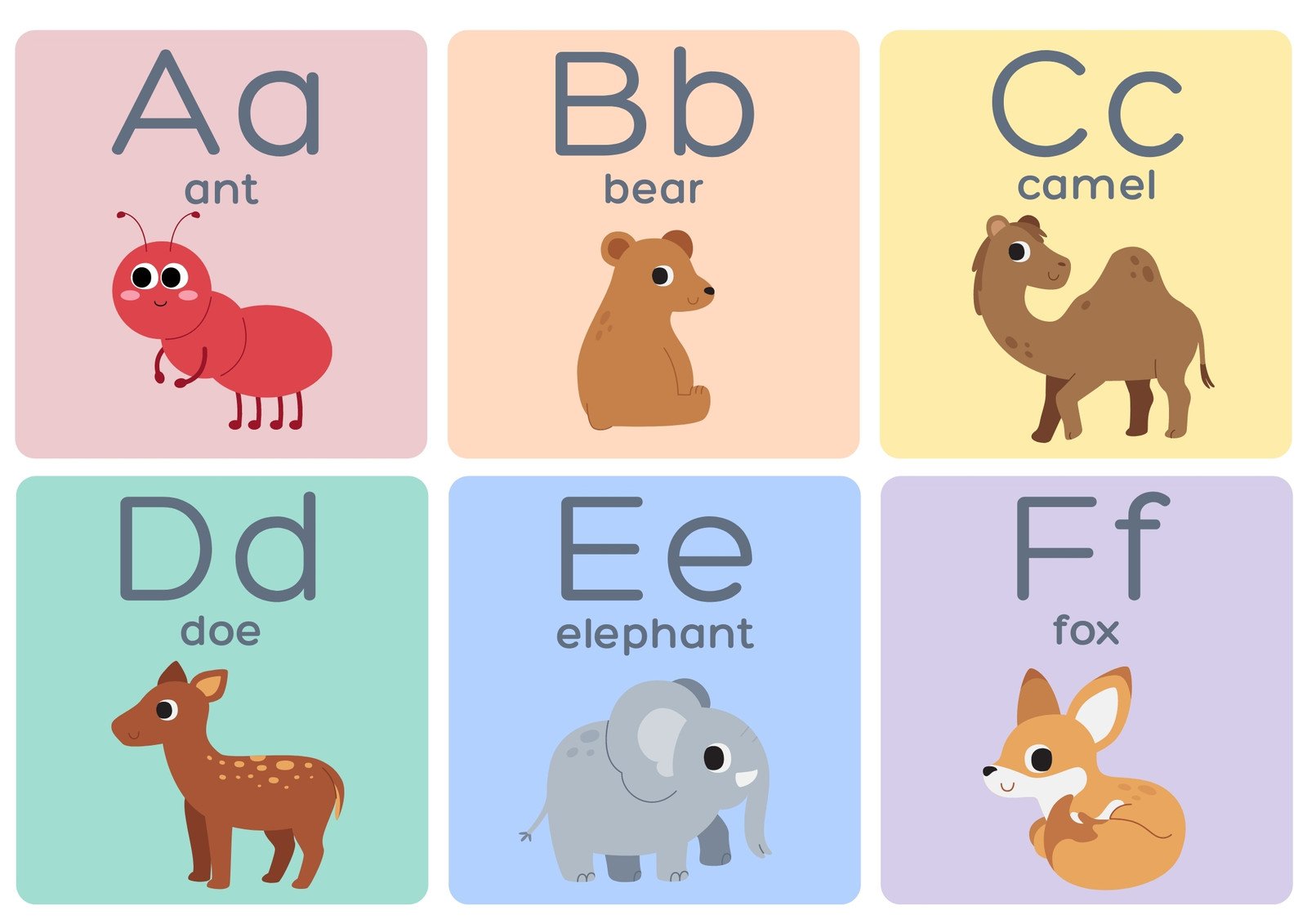Table Of Content

This is where we'll start to think about how our system will be structured and how the different components will interact with each other. Again, we can go one-by-one through our functional requirements and make sure that we have a set of components or services to satisfy each API endpoint. During the interview it's important to orient around each API endpoint, being explicit about how data flows through the system and where state is stored/updated. Under this scheme, data is written to cache alone and completion is immediately con rmed to the client. The write to the permanent storage is done after speci ed intervals or under certain conditions. The majority of systems designed in interviews are best served with a microservices architecture, as has been the case with the other problem breakdowns in this guide.
Non-functional Requirements:
Syntax highlighting helps visually distinguish code elements and improves readability. Supporting module import allows users to leverage existing libraries and functionalities within their code submissions. Note that this logic is entering a very deep pocket of the SysDesign interview conversation, and it is highly unlikely that navigating it is a requirement for an L4/L5 SD interview. In addition to a reliable storage system, incorporating session IDs for virtual machines can improve our system.
Design a key-value store for a search engine
System design interview questions focus on abstract problem-solving rather than your specific knowledge of a programming language or technology stack. As such, they're good indicators of how well you can design and solve large-scale problems without having all the information in front of you. Welcome to the "System Design Cheat Sheet" – a quick, go-to reference designed to aid both beginners and experienced engineers in preparing for system design interviews.
Sharding or Data Partitioning
You can mention CDNs, S3 CloudFront, and spend a few minutes explaining how it works and note that they are cheap and low latency. Problem statements and the leaderboard can be handled by a single server with an estimate of most likely under 1000 QPS. Distributed Hash Table (DHT) is one of the fundamental components used in distributed scalable systems. Hash Tables need a key, a value, and a hash function where hash function maps the key to a location where the value is stored. When all the other components of our application are fast and seamless, NoSQL databases prevent data from being the bottleneck.
Database
During this time, the client might optionally do a small amount of processing to make it seem like the task has completed. For example, if posting a tweet, the tweet could be instantly posted to your timeline, but it could take some time before your tweet is actually delivered to all of your followers. Your database usually includes some level of caching in a default configuration, optimized for a generic use case. Tweaking these settings for specific usage patterns can further boost performance. Systems such as Consul, Etcd, and Zookeeper can help services find each other by keeping track of registered names, addresses, and ports. Health checks help verify service integrity and are often done using an HTTP endpoint.
You're probably spending many hours a day there right now as you prepare. But, for the uninitiated, LeetCode is a platform that helps software engineers prepare for coding interviews. It offers a vast collection of coding problems, ranging from easy to hard, and provides a platform for users to answer questions and get feedback on their solutions.
How I cracked my MLE interview at Facebook - Towards Data Science
How I cracked my MLE interview at Facebook.
Posted: Tue, 27 Oct 2020 07:00:00 GMT [source]
5 to 23 Patterns to Ace Any Coding Interview - hackernoon.com
5 to 23 Patterns to Ace Any Coding Interview.
Posted: Wed, 16 Feb 2022 08:00:00 GMT [source]
These wouldn’t change often and are accessed quite frequently, so we would want to load them first. For our leaderboard, we wouldn’t want to cache the whole leaderboard (every single user submission ranking) but only the top N submissions. Consistent hashing is a very useful strategy for distributed caching system and DHTs. It allows us to distribute data across a cluster in such a way that will minimize reorganization when nodes are added or removed. Hence, the caching system will be easier to scale up or scale down. The Load Balancer can be a single point of failure; to ovecome this, a second load alancer can be connected to the first to form a cluster.

Step 2: Create a high level design
Clients can retry the request at a later time, perhaps with exponential backoff. In-memory caches such as Memcached and Redis are key-value stores between your application and your data storage. Since the data is held in RAM, it is much faster than typical databases where data is stored on disk. RAM is more limited than disk, so cache invalidation algorithms such as least recently used (LRU) can help invalidate 'cold' entries and keep 'hot' data in RAM.
Disadvantage(s): load balancer
We hope this "System Design Cheat Sheet" serves as a useful tool in your journey towards acing system design interviews. Remember, mastering system design requires understanding, practice, and the ability to apply these concepts to real-world problems. This cheat sheet is a stepping stone towards achieving that mastery, providing you with a foundation and a quick way to refresh your memory. As you delve deeper into each topic, you'll discover the intricacies and fascinating challenges of system design. Polling is a standard technique used by the vast majority of AJAX applications. The basic idea is that the client repeatedly polls (or requests) a server for data.

It is the process of splitting up a DB/table across multiple machines to improve the manageability, performance, availability, and load balancing of an application. The justi cation for data sharding is that, after a certain scale point, it is cheaper and more feasible to scale horizontally by adding more machines than to grow it vertically by adding bee er servers. Under this scheme, data is written into the cache and the corresponding database at the same time. The cached data allows for fast retrieval and, since the same data gets written in the permanent storage, we will have complete data consistency between the cache and the storage. It helps spread the traffic across a cluster of servers to improve responsiveness and availability of applications, websites or databases.
If the sender does not receive a correct response, it will resend the packets. These guarantees cause delays and generally result in less efficient transmission than UDP. HTTP is an application layer protocol relying on lower-level protocols such as TCP and UDP. The user is not blocked and the job is processed in the background.
There is no right or wrong answer here, weighing the pros and cons of each approach is really the key in the interview. Great resource, not only for system design preparation, but also for tackling design problems at work. Every second of the videos is informative, and you can see that the author really put a lot of time and effort into making this course.
Layer 4 load balancers look at info at the transport layer to decide how to distribute requests. Generally, this involves the source, destination IP addresses, and ports in the header, but not the contents of the packet. Layer 4 load balancers forward network packets to and from the upstream server, performing Network Address Translation (NAT). With that said, the two pillars of this problem are sandboxing user code execution (containerization/VMs are keywords to mention!) and the task queue to efficiently scale execution across multiple workers. WebSocket provides Full duplex communication channels over a single TCP connection. It provides a persistent connection between a client and a server that both parties can use to start sending data at any time.
Basically, health checks regularly attempt to connect to the backend servers to ensure that servers are listening. If a server fails a health check, it is automatically removed from the pool and traffic will not be forwarded to it until it responds to health checks again. Note that in an interview you're likely not expected to go into a ton of detail on how you'd implement each of these security measures.
By doing this, a candidate can transform their proposed solution from a jumbled mess of priorities that is just passable at an L4 into a strong L5 hire. To remove a cache or, if a cache fails, say A, all keys that were originally mapped to A will fall into B, and only those keys need to be moved to B; other keys will not be affected. To add a new server, say D, keys that were originally residing at C will be split.
The master serves reads and writes, replicating writes to one or more slaves, which serve only reads. Slaves can also replicate to additional slaves in a tree-like fashion. If the master goes offline, the system can continue to operate in read-only mode until a slave is promoted to a master or a new master is provisioned. A relational database like SQL is a collection of data items organized in tables. A reverse proxy is a web server that centralizes internal services and provides unified interfaces to the public. Requests from clients are forwarded to a server that can fulfill it before the reverse proxy returns the server's response to the client.













